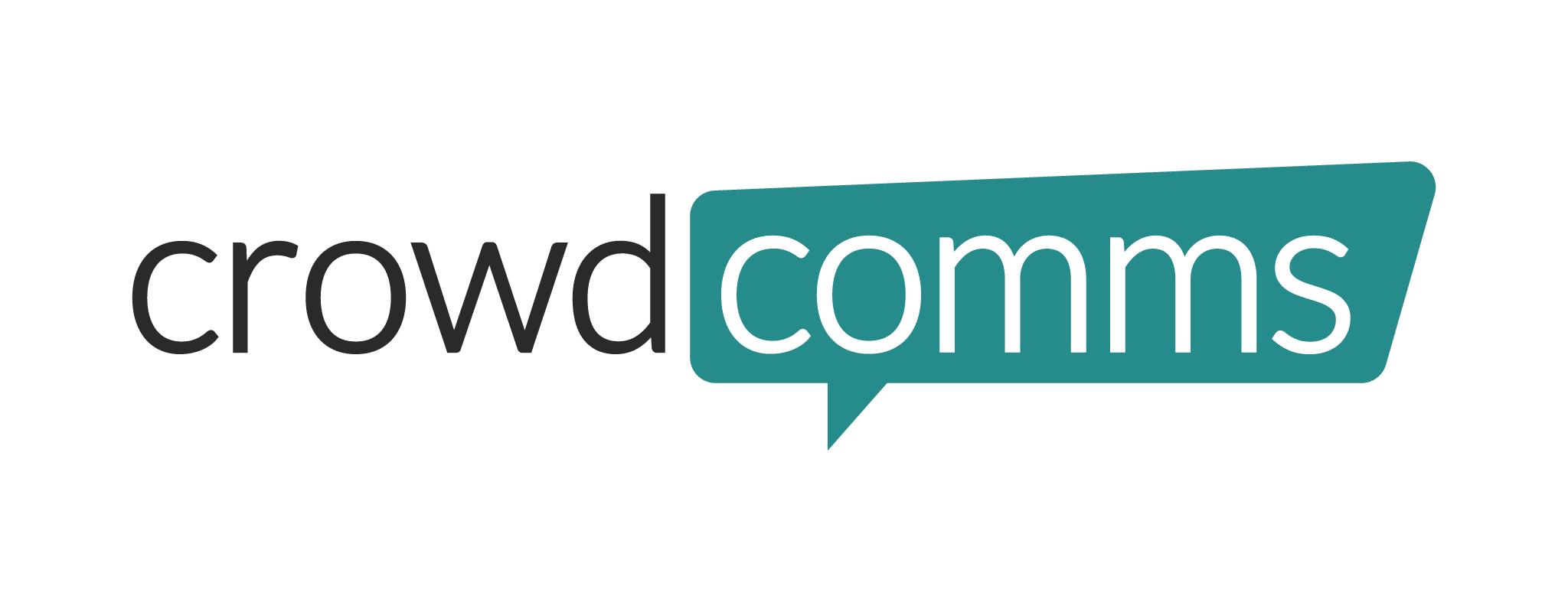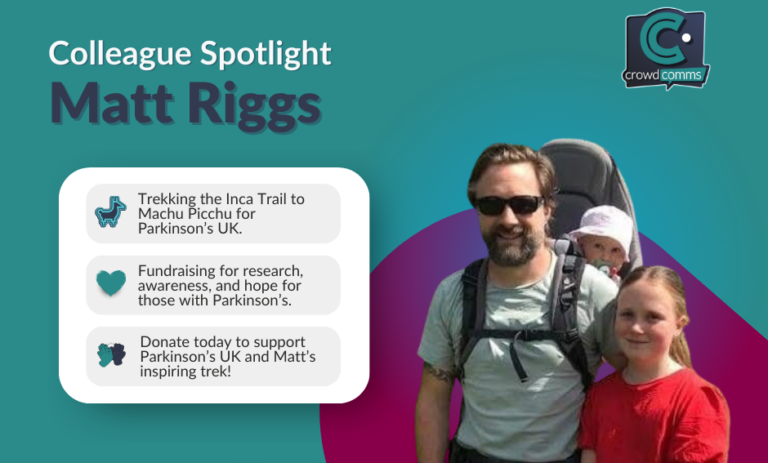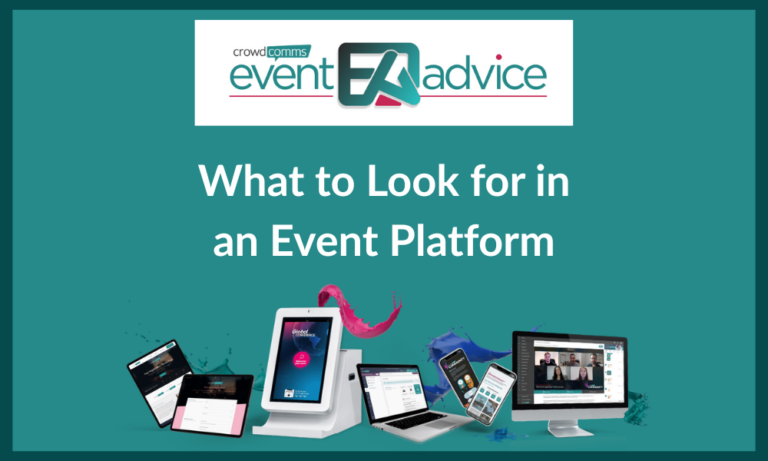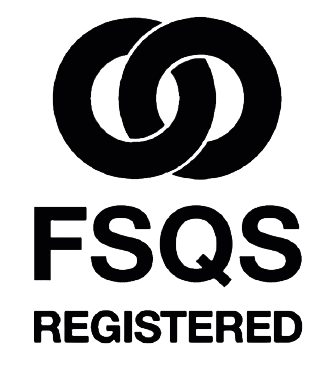If you have a mobile device, and use apps, you will be familiar with push notifications. These concise messages pop-up on our screens to remind or persuade us to take action. While push notifications are a valuable marketing tool, they also serve as an important communication channel for event organisers. Need to get urgent information to your attendees quickly? Push notifications will tell them what they need to know, when they need to know it.
But how do you ensure attendees will take notice when your pop-up hits their screens? Here’s our guide to getting the perfect push notification strategy.
Enabling Push Notifications
Just because an app supports push-notifications doesn’t mean users will receive them. Most apps require users to give permission for notifications to be sent to their device.
While this opt-in is fine for general apps, event apps are different because they are often used to communicate urgent updates. It’s therefore really important attendees have the push notifications enabled within their device settings when they download the app.
To encourage opt-ins make sure attendees know why pop-ups are a key feature of their event app, i.e. they could miss out on valuable information such as travel reports.
Staying On Point
Pop-ups must be relevant to recipients. Notifications that don’t offer immediate value to the attendee increase the risk of future pop-ups being ignored.
Last minute updates, such as agenda changes or room switches, have obvious value. Use that as a guide when you’re assessing the necessity of other notifications and ask yourself:
a) Do attendees really need to know this?
b) Will it add value to their event experience?
For example, a reminder that reception cocktails are about to be served will be useful to busy attendees who may have lost track of time.
Keep it Short
The perfect pop-up can be read in a glance. While detailed information has its place, updates and reminders are best delivered in short sentences that get to the point.
Make sure your key point can be seen without having to open the notification. Many attendees may see the message on a locked screen while busy with other event activities.
If you’re sending pop-ups with links to additional content (such as video images) keep the text short but use words that will entice the receiver into opening the notification (especially if the attendee cannot open at time of receipt).
Timing is Everything
Relevant notifications will help make sure you’re not bombarding attendees with messages. Too many notifcations will either distract them from your event or cause them to switch off.
Keep pop-ups to a minimum and use only when necessary. Schedule messages in advance (e.g. reminder for the lunch service) so you can see the notification frequency.
Aim for 1 to 2 messages every 1 to 2 hours. This still allows for urgent updates to occur without cluttering your notification schedule. Aim to send during event break periods and avoid unsociable hours or during high-profile sessions such as keynote speaker presentations.





